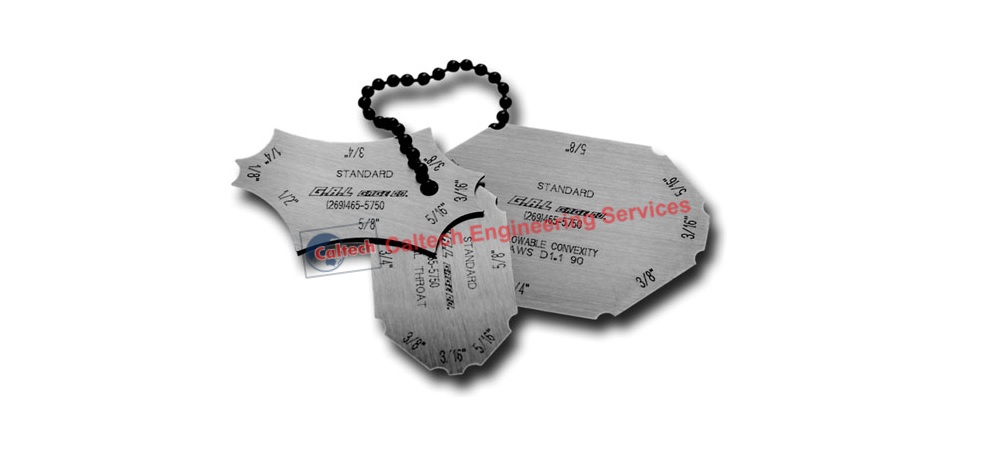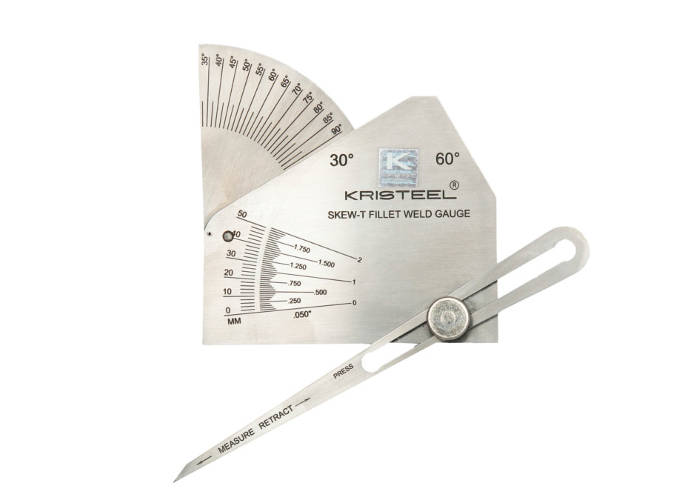Fillet Weld Style Approaches: Enhancing Joint Efficiency and Appearance for Structural Stability
In the realm of architectural design and construction, the significance of fillet weld layout methods can not be overemphasized. By thoroughly taking into consideration variables such as weld profile optimization, material option, joint prep work strategies, welding process effectiveness, and aesthetic improvement designers, fabricators and techniques can achieve an unified balance in between functionality and look in their welded frameworks.
Weld Account Optimization


Accomplishing an optimal weld account entails a careful factor to consider of elements such as product thickness, joint arrangement, welding placement, and desired welding speed. Furthermore, the selection of proper welding specifications, such as voltage, present, and take a trip rate, is basic in controlling the shape and dimensions of the fillet weld. Making use of innovative welding methods, such as pulse welding or robotic welding, can further improve the weld account to satisfy certain style needs and quality criteria.
Fundamentally, weld account optimization is an essential aspect of fillet weld design that straight affects the general efficiency and dependability of welded joints in structural applications.
Product Choice Considerations
When taking into consideration material option for fillet weld layout, the compatibility of the base steels is an important factor affecting the structural stability of the joint. It is vital to select products that not just bonded together efficiently but likewise possess comparable mechanical homes to make sure the lots is equally dispersed between the weld and the base metals. Welding products with greatly various residential or commercial properties can bring about problems such as stress concentrations, premature joint failure, or splitting.
Furthermore, the atmosphere in which the bonded structure will operate must be considered when choosing materials. Aspects like corrosion resistance, temperature level fluctuations, and direct exposure to chemicals can all influence the longevity and performance of the weld joint. By selecting materials that are appropriate for the designated application and environment, the general sturdiness and reliability of the bonded joint can be significantly improved.
As a result, thorough consideration of material compatibility and environmental factors is vital in making certain the weld joint's toughness, sturdiness, and general architectural stability.

Joint Prep Work Methods
Taking into consideration the essential duty material selection plays in ensuring the architectural honesty of fillet weld joints, it is important to implement precise joint prep work methods that enhance the link between the base steels. Joint prep work is a critical step that directly affects the high quality and toughness of the weld.
Moreover, correct fit-up of the joint is necessary to ensure consistent distribution of the welding product and prevent flaws like incomplete penetration or too much build-up. Beveling the edges of the base steels can develop a groove that permits for deeper weld penetration and a more powerful bond. Additionally, tack welding the components in location before the last weld assists preserve positioning and decreases distortion during the welding procedure. By thoroughly following these joint preparation methods, welders can improve the overall performance and aesthetics of fillet weld joints while making sure structural stability.
Welding Refine Effectiveness
Efficient welding processes are crucial for attaining optimal efficiency and quality in fillet weld manufacture. One essential facet this link of enhancing welding process efficiency is picking the ideal welding technique. Aspects such as material kind, joint style, and welding setting have to be carefully thought about to figure out the most suitable method. Procedures like gas metal arc welding (GMAW) and flux-cored arc welding (FCAW) are generally utilized for fillet welds due to their adaptability and speed.
Regular calibration of welding makers, evaluation of consumables, and maintenance of welding lanterns can stop downtime and rework, ultimately conserving time and sources. Well-trained welders are much more adept at adjusting specifications, repairing issues, and preserving regular weld quality.
Visual Enhancement Methods
To maximize the top quality of fillet weld manufacture, carrying out visual improvement approaches can play an important role in guaranteeing precision and precision throughout the welding procedure. Visual enhancement approaches encompass different techniques focused on boosting the look and high quality of fillet welds. important site One common method is the use of back purging systems to eliminate oxidation on the behind of the weld, resulting in a cleaner, much more cosmetically pleasing surface. In addition, using correct lighting arrangements in the welding location can improve presence, permitting welders to monitor the weld swimming pool and make sure regular bead formation. Aesthetic aids such as weld size assesses and magnifying lenses can aid in analyzing weld profiles and dimensions precisely. The usage of contrasting marking products or momentary tacking can assist in straightening and placing the workpieces precisely before welding. By integrating these visual improvement techniques into the welding procedure, welders can attain not only structurally audio fillet welds however also aesthetically attractive results that satisfy industry requirements.

Final Thought
In final thought, optimizing fillet weld style includes careful factor to consider of weld profile, product selection, joint preparation, welding process efficiency, and visual improvement methods. By implementing these techniques, architectural honesty can be enhanced while additionally attaining aesthetic charm. It is necessary to prioritize both efficiency and aesthetics in fillet weld style to ensure the total top quality and sturdiness of the joint.
By meticulously considering factors such as weld account optimization, product choice, joint prep work methods, welding process performance, and visual enhancement techniques, designers and makers can attain a harmonious equilibrium between capability and look in their welded structures.In the world of fillet weld layout, maximizing the weld profile plays a vital function in making certain architectural honesty and performance. The weld profile, which includes the dimension and shape of the weld cross-section, directly affects the distribution of anxiety and load-bearing capability within the joint. It is crucial to choose products directory that not only bonded together properly however likewise have similar mechanical residential properties to ensure the tons is equally distributed between the base and the weld steels - Gauge Fillet Weld.In final thought, optimizing fillet weld style includes cautious consideration of weld account, product selection, joint prep work, welding process performance, and visual enhancement techniques